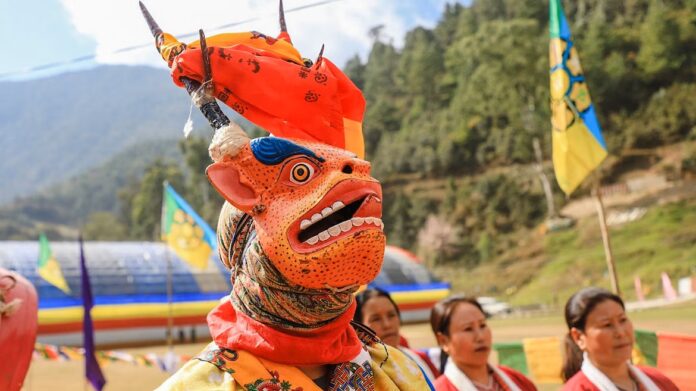In the remote landscapes of Arunachal Pradesh, where modernity is slowly creeping into traditional lifestyles, one woman has embarked on an extraordinary mission—to preserve her ancestral heritage. By transforming her 200-year-old family home into a museum, she aims to safeguard the fading traditions of her tribe and pass them on to future generations.
A Legacy Reimagined
For generations, the wooden house stood as a silent witness to the cultural richness of its inhabitants. Built with indigenous architectural techniques, it carried the essence of the region’s tribal identity. But as time progressed, many such ancestral homes either crumbled due to neglect or were replaced with concrete structures, erasing centuries of tradition in the process. Recognizing this imminent loss, she took a bold step to protect her roots.
Instead of allowing the house to fall into ruin, she chose to restore it and repurpose it as a museum—a space where visitors could immerse themselves in the customs, art, and way of life of her ancestors. Her vision was clear: to create a living repository of Arunachal Pradesh’s rich tribal culture.
The Transformation Journey
Restoring a 200-year-old house was no easy feat. The structure, made primarily of wood and bamboo, had suffered from wear and tear over time. With the help of local artisans and traditional craftsmen, she carefully repaired the damaged sections while ensuring the authenticity of the architecture remained intact.
The house-turned-museum now showcases a treasure trove of tribal artifacts, including traditional clothing, ancient weaponry, handcrafted ornaments, and ritualistic items. Every corner of the house tells a story—whether it is through the intricate wood carvings on the pillars or the woven tapestries adorning the walls.
One of the highlights of the museum is a dedicated section on indigenous storytelling, where oral traditions are preserved through recorded narratives and performances. These stories, passed down through generations, encapsulate the wisdom, myths, and folklore of the tribe.
Reviving Dying Traditions
The initiative goes beyond just displaying artifacts—it serves as a dynamic cultural hub. Visitors, including students and researchers, are given the opportunity to participate in workshops that teach traditional skills such as weaving, pottery, and bamboo craftsmanship. Elders from the community also conduct sessions to educate younger generations about their linguistic heritage, folk songs, and traditional farming practices.
Through this museum, she has created a bridge between the past and the present, ensuring that traditions do not disappear in the face of modernization. It has also become a point of pride for the local community, who now see their heritage being celebrated rather than forgotten.
A Model for Cultural Conservation
The museum has gained recognition for its role in heritage conservation. Scholars and cultural enthusiasts from across India have visited the site, praising the initiative for setting an example in preserving indigenous traditions. The success of this transformation has inspired others in Arunachal Pradesh to consider similar projects, emphasizing the importance of cultural preservation in a rapidly changing world.
Beyond its role as a museum, the restored ancestral house also serves as a space for cultural festivals and community gatherings. Traditional dance performances, tribal food exhibitions, and storytelling sessions are regularly held, keeping the customs alive in an engaging manner. By blending historical preservation with interactive experiences, the initiative ensures that cultural knowledge remains relevant and accessible.
Looking Ahead
As Arunachal Pradesh continues to modernize, balancing development with heritage conservation is becoming increasingly important. The transformation of this ancestral house into a museum is a powerful reminder of the resilience and pride of tribal communities in India.
The woman behind this initiative has not only preserved her family’s legacy but has also set a precedent for cultural sustainability. Her efforts highlight that heritage is not just about the past—it is a living, evolving narrative that must be nurtured for future generations.
Through her unwavering dedication, she has demonstrated that with vision and determination, it is possible to safeguard cultural identities in the face of rapid change. Her ancestral home now stands as a beacon of heritage, a place where the past and present converge, ensuring that the spirit of Arunachal Pradesh’s tribal traditions continues to thrive for centuries to come.




